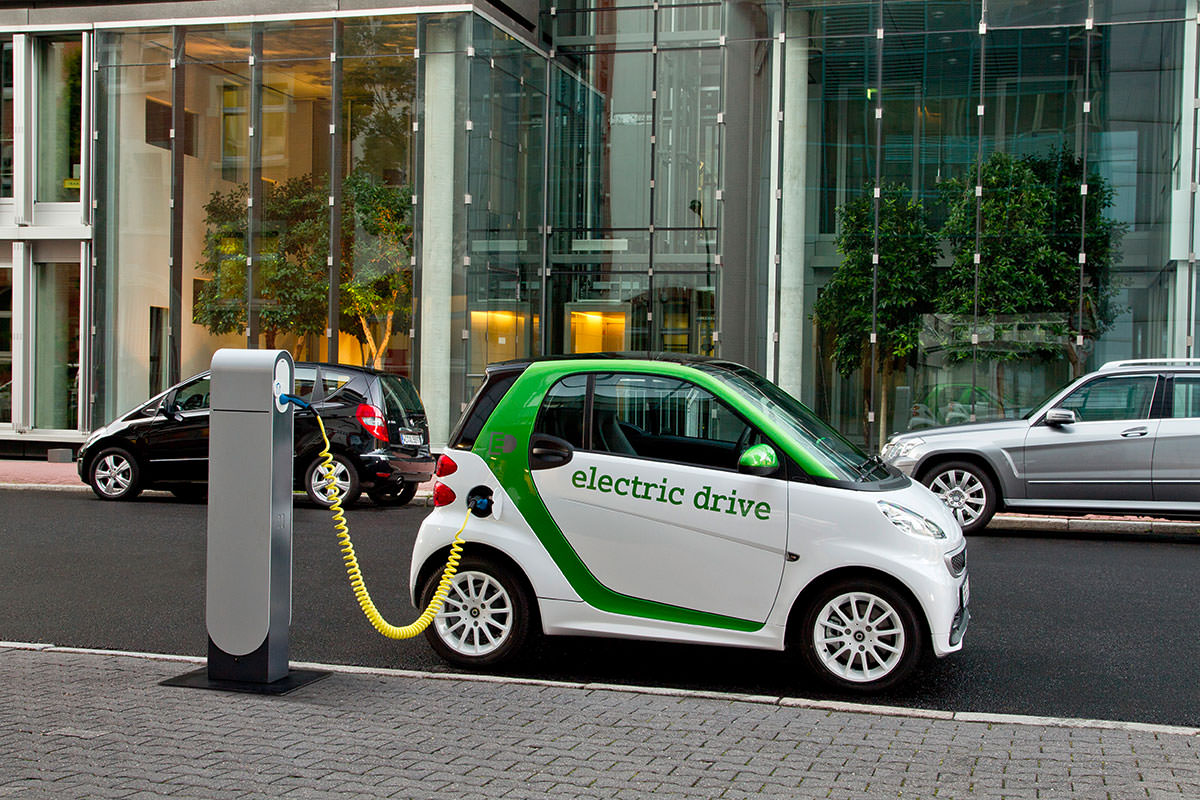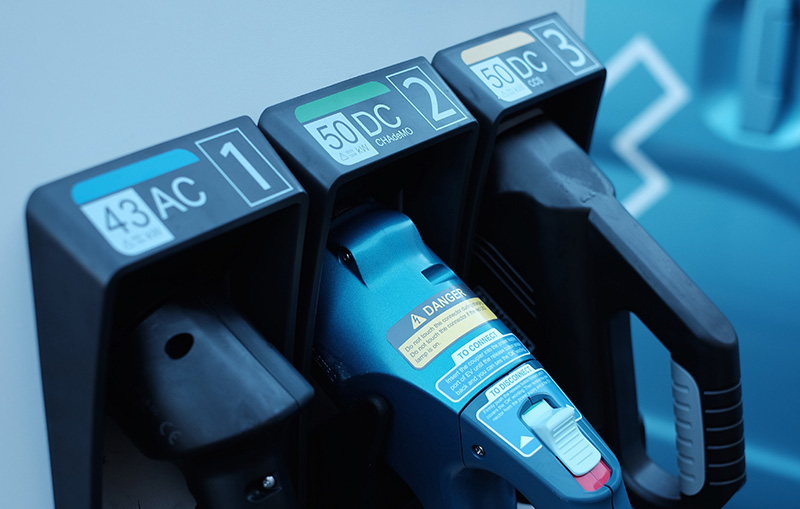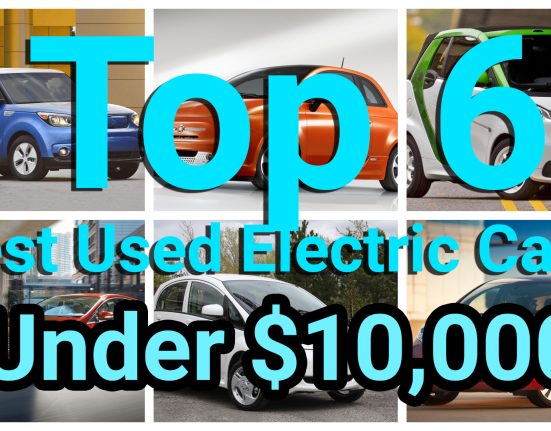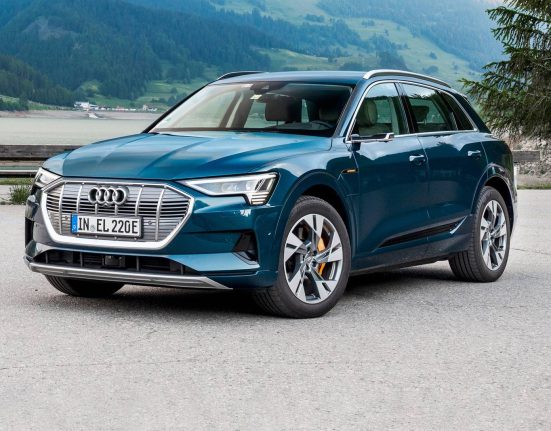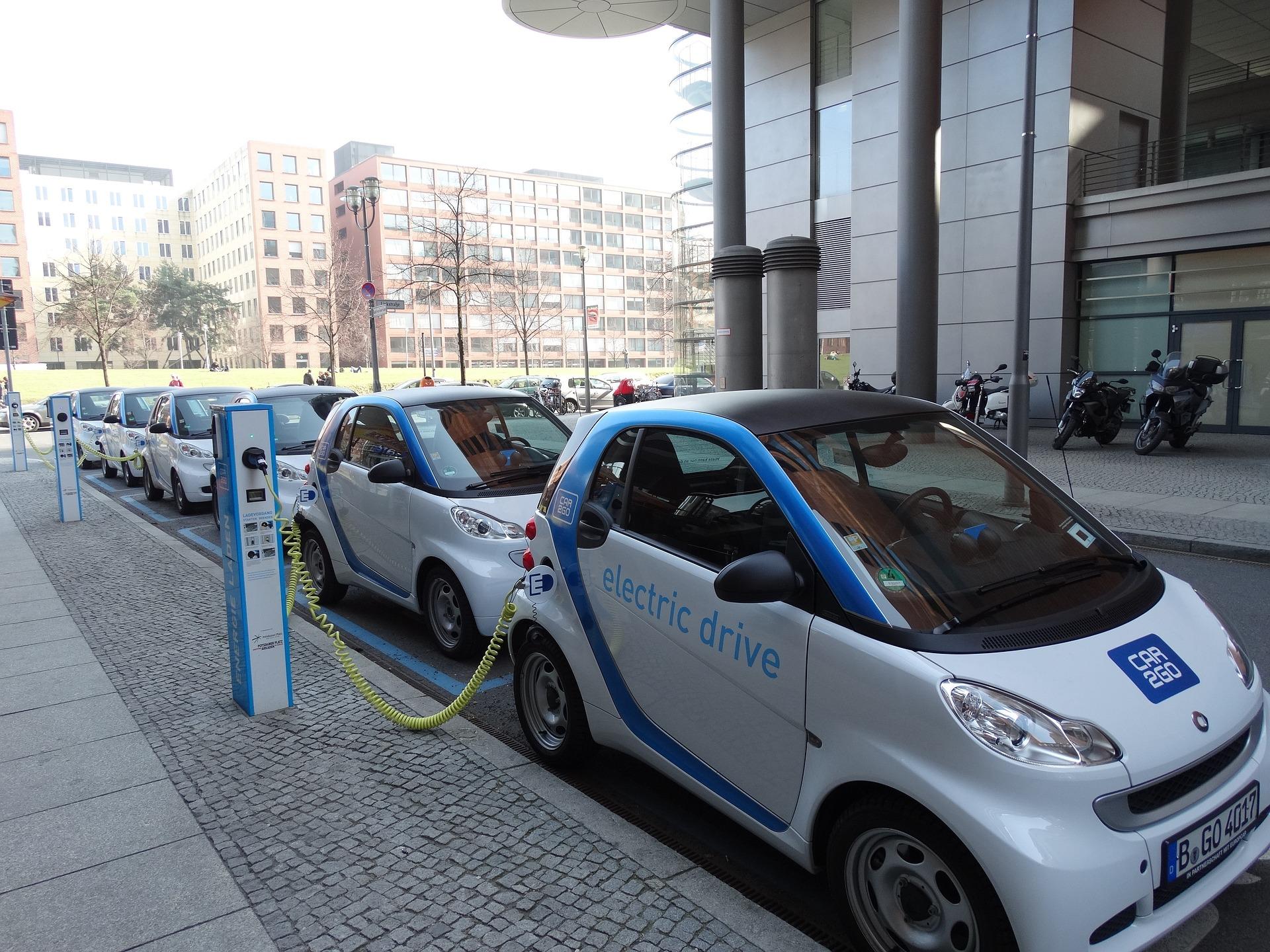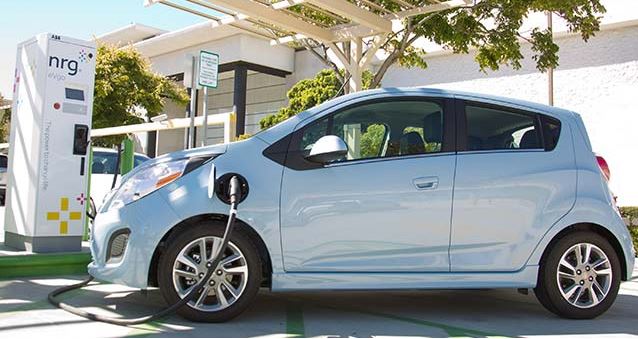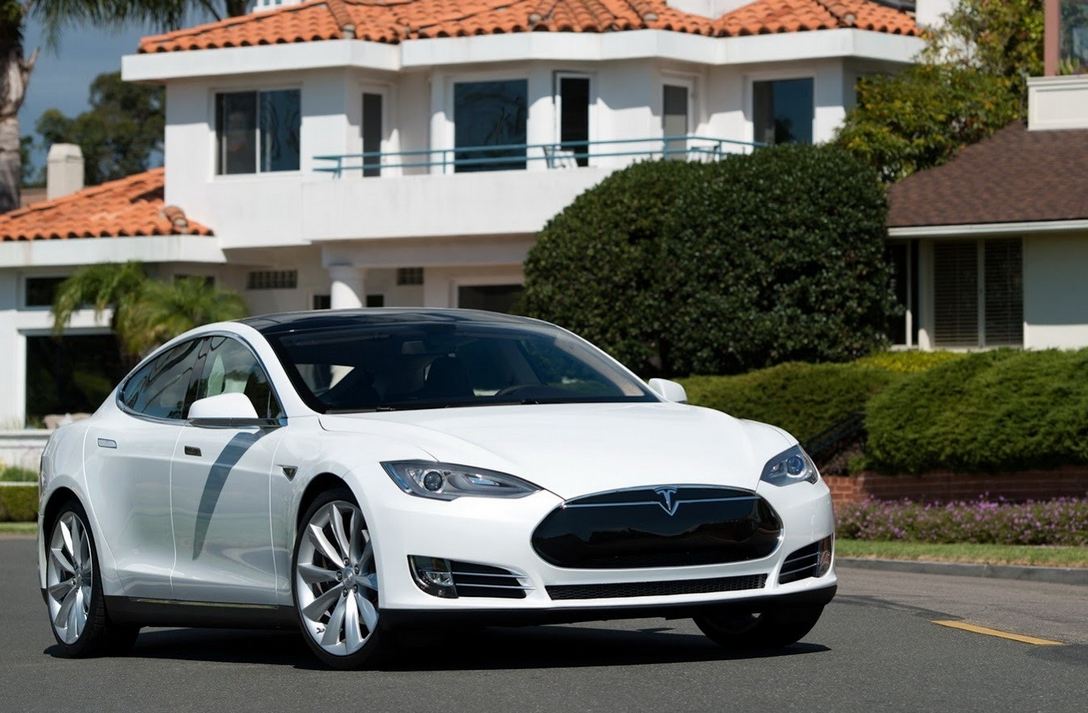Clean energy, solar energy, alternative fuel–these are the modern day industrial labels that make one think of innovation, efficiency, and “being part of the future.” Electric cars? Of course–who wouldn’t want one?
However, electric cars might sound great, and they might actually signify future mainstream technology, but they are as of yet not without their quirks and challenges. Following are five challenges a prospective electric car owner will face.
Charging
Charging an electrical car requires one of three types of electrical chargers:
• Level 1 – Easiest
• Level 2 – Faster than Level 1
• DC Quick Charge: Faster but Least Common
The first two types are the most common. Level 1 chargers are comprised of a 120-volt station and a plugin that fits into any typical outlet. Although level 1 chargers are the easiest to use, they are the slowest. Level 2 chargers consist of a 220-volt charging station. 240-volt charging stations require a dedicated circuit, which is an added cost.
Although level 2 chargers are twice as fast as the level 1 chargers–they still require a few hours to charge your car. Yes, a few hours. Which means those abundant and easy level 1 chargers require overnight charging to provide a full charge. The third type is called DC quick charge. This sounds good, but not all cars come equipped with it. Even if a car is equipped with DC quick charge, not all charging stations offer it.
Travel Range
Once charged and ready to go, an electric car is one of most efficient ways to travel. It provides a near-silent ride, and for people interested in contributing to the health of the environment, the carbon footprint is much, much lower than a traditional vehicle.
That said, on a tank of gas, a traditional vehicle will last 300 or so miles, depending on the car. An electric car lasts 80 to 111 miles. This becomes important if, for instance, a driver is on a Florida vacation and can’t reach their destination without multiple charges.
And More Re-Charging
A range of 80 to 111 miles means one thing: re-charging. The important thing to consider is that the initial charge period occurs at the driver’s home. When it comes time to re-charge, the driver is 80 to 111 miles away from home and in serious need of some electricity. Unlike gas stations, charging stations are not as abundant.
Although the US Department of Energy provides a map of charging station across the country, and although there are actually quite a few in all states, an electric car driver must be very aware of the route of travel and the distance because the route must lead to a charging station, and the distance must be fairly short.
Limited Sales Market
Due to the fact that electric cars have not yet been widely adopted, the market for them is limited and a small market could add months to an otherwise quick sale.
Of course, our hypothetical Florida driver could simply conduct an online search of title loans Tampa and receive quick cash, but many owners might not know of such solutions.
Variety
Variety might not seem like a huge factor to consider, but people love their cars. They love a unique styles, and love options. Someone shopping for an electric car might not be able to obtain a complete option package, and compared to the variety available in traditional vehicles, the number of makes and models could seem quite limited.
Such limitations might cause an owner to feel as if he or she has the same type of vehicle as every other electric car owner, which for some people could dampen the excitement of owning one.


